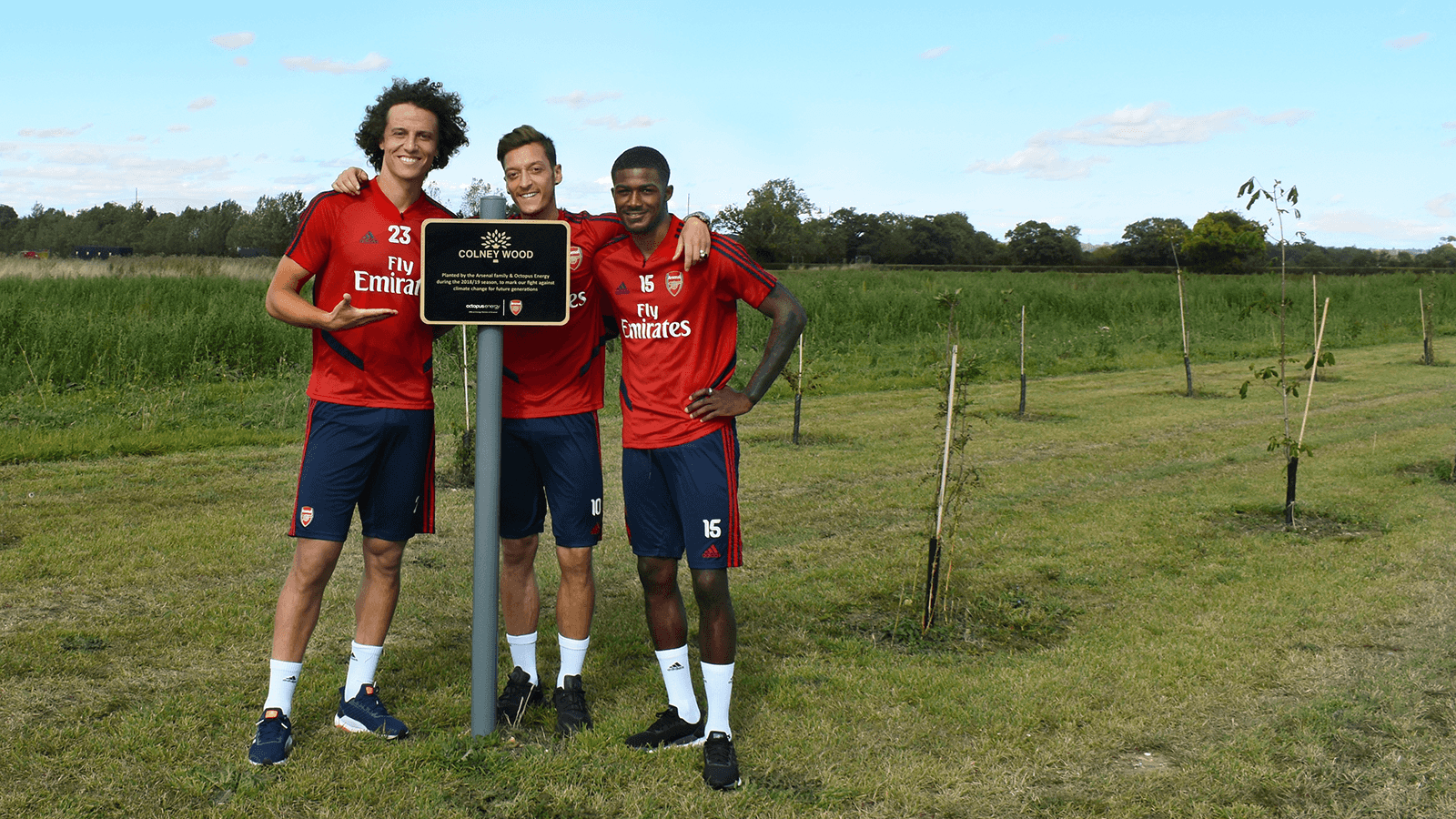Based in Gloucestershire, the Forest Green Rovers have become the world’s greenest football club. Their latest goals are reducing CO2 emitted during travel to and from games and to build a modern stadium made entirely out of timber.
It’s unfortunate that most of the things we enjoy emit greenhouse gases into the atmosphere.
Whether it’s flying out on holiday, going on road trips, or eating a delicious burger – our knowledge of how these activities contribute to the climate crisis can be guilt-inducing.
The world of football combines almost all of these things, with spectators in England traveling an average of 41km to and from games and munching on primarily meat-based meals during halftime.
As the world becomes more environmentally conscious, a League One football team called Forest Green Rovers is doing everything it can to reduce the sport’s overall impact on the planet.

The team steps out in a green zebra stripe kit made from used coffee grounds and recycled plastic, and their stadium runs on electricity exclusively produced by solar panels. Their home pitch uses no pesticides, and the team travels to away matches in a zero-emissions bus.
At Forest Green Rover home games, you can expect to find planet-friendly food, from veggie pies to vegan sausage rolls and plant-based burgers. Upcoming plans include building a new stadium using timber, a far more sustainable alternative to concrete.
As a result of their efforts, the Forest Green Rovers are the world’s first and only fully vegan football cub and have been crowned the world’s first to reach carbon neutrality by the United Nations.





















